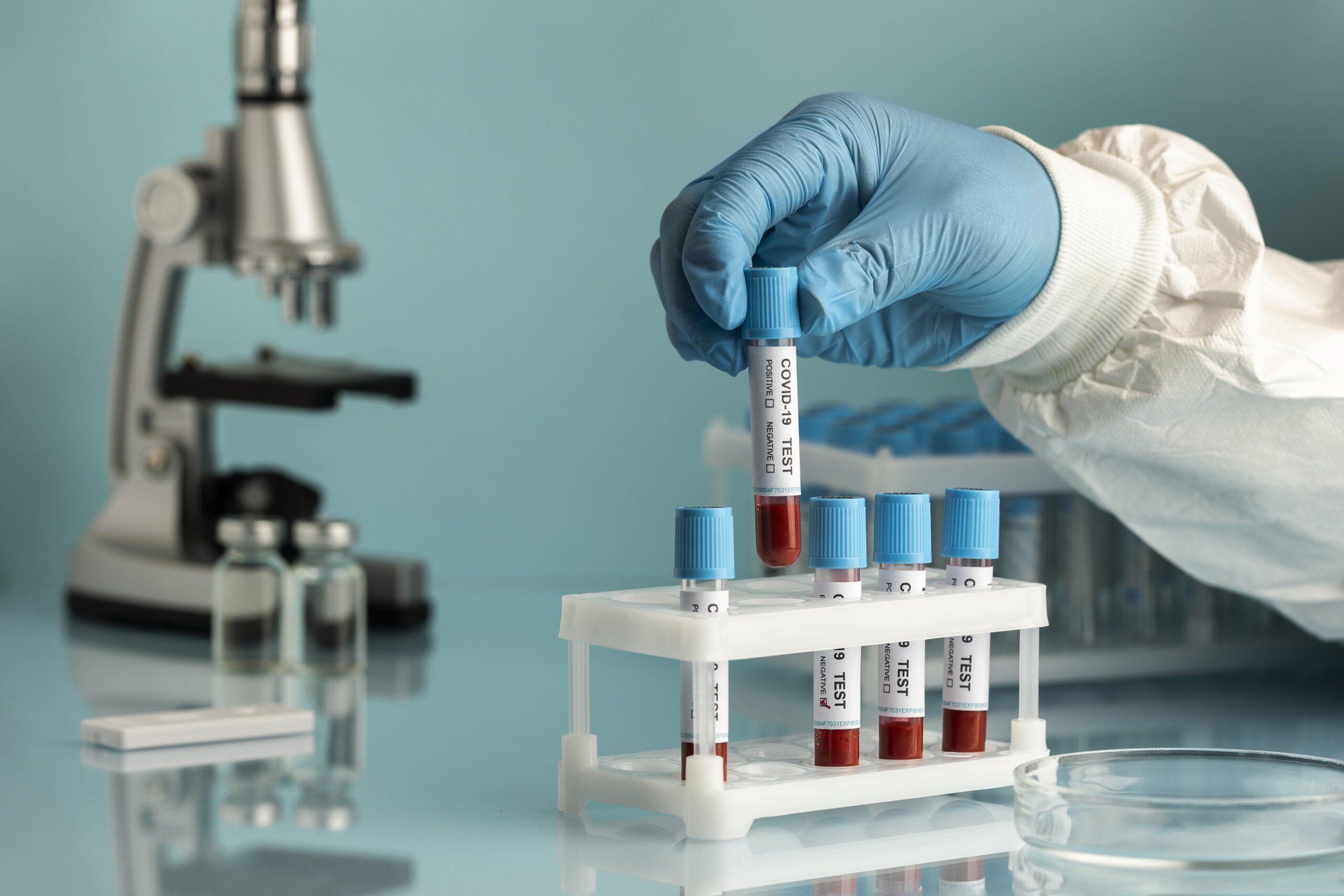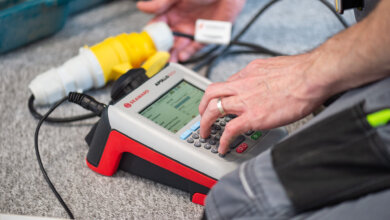Understanding Blood Plasma and Serum: Importance in Medical Research
blood plasma and serum

Blood plasma and serum are vital components in medical diagnostics, treatment development, and clinical research. Their unique biochemical compositions make them essential for identifying biomarkers, developing therapies, and conducting a wide range of laboratory tests. In this article, we will explore what blood plasma and serum are, their differences, collection processes, applications in research, and the growing demand in biobanking.
What Are Blood Plasma and Serum?
Blood plasma and serum are both derived from whole blood but differ in their composition and function.
-
Plasma is the yellowish fluid portion of blood that holds blood cells in suspension. It contains water, salts, enzymes, antibodies, and other proteins.
-
Serum is the fluid that remains after the blood has clotted and the clot is removed. Unlike plasma, it does not contain clotting factors like fibrinogen.
Although they originate from the same source, blood plasma and serum serve different purposes in both diagnostics and medical research.
Key Differences Between Blood Plasma and Serum
| Feature | Plasma | Serum |
|---|---|---|
| Clotting Factors | Contains clotting factors | Lacks clotting factors |
| Preparation | Blood treated with anticoagulant | Blood allowed to clot |
| Appearance | Yellowish and slightly hazy | Clear and straw-colored |
| Usage in Lab Tests | Often used for coagulation studies | Common in serological tests |
These differences make blood plasma and serum complementary tools in laboratories around the world.
Collection and Storage
The collection of blood plasma and serum follows strict protocols to preserve sample integrity.
Plasma Collection:
-
Blood is drawn into tubes containing anticoagulants (like EDTA or heparin).
-
The sample is centrifuged to separate plasma from blood cells.
-
Plasma is extracted, aliquoted, and stored, usually at -80°C.
Serum Collection:
-
Blood is collected without anticoagulants.
-
It is left at room temperature to clot.
-
After centrifugation, serum is separated and stored similarly to plasma.
Biobanks and research institutions worldwide collect blood plasma and serum under these protocols to ensure sample quality.
Importance of Blood Plasma and Serum in Research
Researchers rely heavily on blood plasma and serum to study human physiology and disease progression. These specimens are rich in biomarkers such as proteins, hormones, lipids, and metabolites.
Applications Include:
-
Biomarker Discovery: Early detection of diseases like cancer, Alzheimer’s, and diabetes.
-
Therapeutic Monitoring: Measuring drug levels or immune responses in patients.
-
Infectious Disease Research: Detecting antibodies for viruses like COVID-19 or HIV.
-
Genomics and Proteomics: Understanding genetic variations and protein expression.
The unmatched versatility of blood plasma and serum enables groundbreaking discoveries in modern medicine.
Role in Personalized Medicine
As personalized medicine gains momentum, blood plasma and serum are increasingly being used to customize treatments. By analyzing these fluids, scientists can:
-
Identify patient-specific biomarkers.
-
Predict therapeutic responses.
-
Monitor real-time biological changes.
Such individualized data enhances treatment accuracy, especially in oncology and autoimmune disorders.
Biobanking and Ethical Considerations
The demand for blood plasma and serum has led to the rise of advanced biobanks, which collect, store, and distribute these biospecimens for research.
Ethical Factors Include:
-
Informed Consent: Donors must understand how their specimens will be used.
-
Data Privacy: Secure handling of donor information.
-
Compliance: Adherence to regulations like HIPAA and GDPR.
When ethically managed, blood plasma and serum biobanks contribute significantly to scientific progress.
Quality Control and Standardization
To maintain consistency, it is critical that blood plasma and serum samples undergo rigorous quality control procedures.
Key Aspects:
-
Standardized collection and storage conditions.
-
Regular quality checks for hemolysis or contamination.
-
Documentation and traceability.
Only high-quality blood plasma and serum samples yield reliable and reproducible results in clinical studies.
Commercial Use and Supply Chains
Blood plasma and serum are not just research tools—they also play a major role in pharmaceutical and diagnostic industries.
-
Plasma-derived Products: Albumin, immunoglobulins, and clotting factors for therapeutic use.
-
Serum Reagents: Used in diagnostic kits and lab calibration.
Companies source blood plasma and serum globally, adhering to strict international standards for purity and safety.
Challenges in Handling Blood Plasma and Serum
Despite their value, managing blood plasma and serum samples comes with challenges:
-
Degradation Risk: Improper storage can damage sensitive proteins.
-
Volume Limitations: Limited availability for rare disease research.
-
Logistics: Cold-chain transport is expensive and logistically complex.
Overcoming these challenges requires robust infrastructure and global cooperation.
Future Trends in Blood Plasma and Serum Research
With advances in AI, machine learning, and multi-omics technologies, the future of blood plasma and serum research looks promising.
Emerging Trends:
-
Liquid Biopsies: Non-invasive cancer diagnostics.
-
Real-Time Monitoring: Wearable devices analyzing circulating biomarkers.
-
Global Biobank Networks: Facilitating collaborative research.
The continuous exploration of blood plasma and serum is reshaping how we approach disease diagnosis and treatment.
Conclusion
In summary, blood plasma and serum are foundational elements in the landscape of clinical diagnostics and biomedical research. Their rich composition, versatility, and broad application potential make them indispensable in healthcare innovations. From understanding complex diseases to enabling personalized therapies, blood plasma and serum are at the heart of modern scientific advancement.




